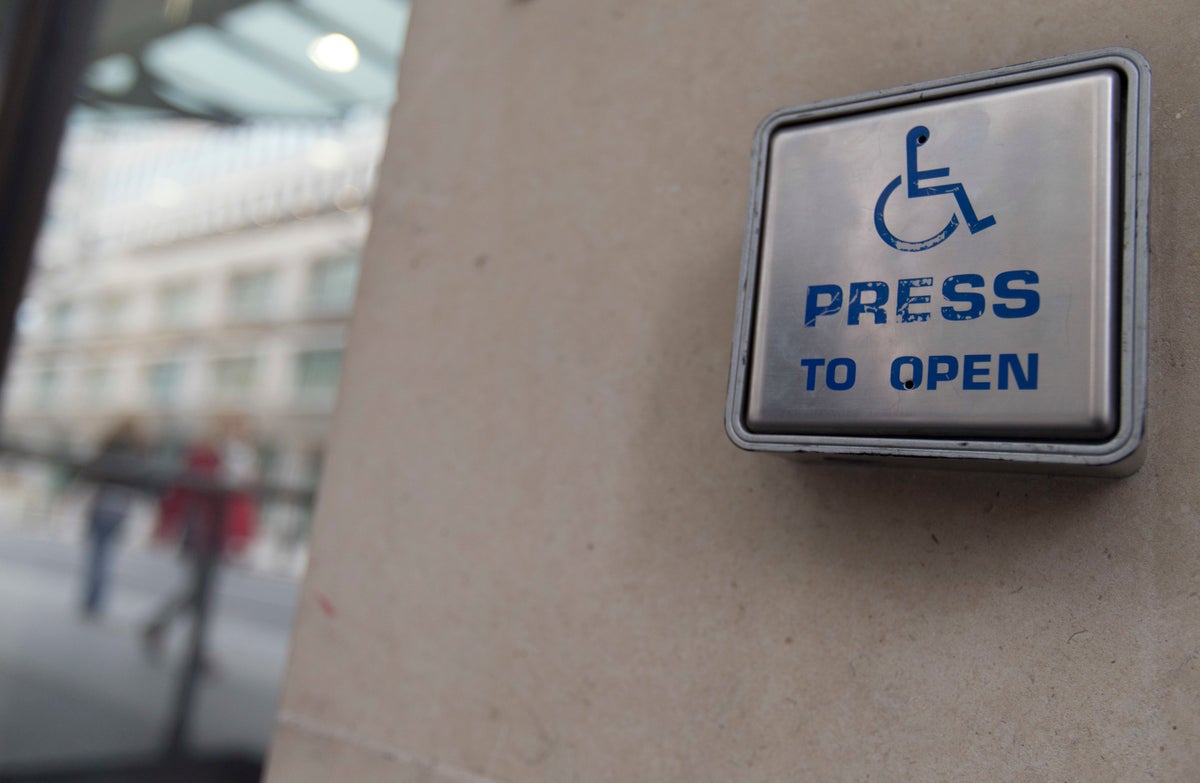
Households where people have disabilities are particularly likely to have recently struggled to keep their home warm, have relied on friends and family for financial help, and had to make cutbacks on meals, showers or baths as living costs rise, research suggests.
Nearly half of households (48%) containing people with disabilities have struggled to keep their home warm and comfortable at some point this year, compared with three in 10 (30%) households, charitable foundation the abrdn Financial Fairness Trust found.
Two-thirds (66%) of households containing people with disabilities have avoided turning on the heating, as have 58% of non-disabled households.
The research also indicated that over a quarter (29%) of households where someone is disabled are in serious financial difficulty, based on their situation when it comes to factors such as their ability to pay bills and their level of savings.
Nearly half (48%) of households where someone has a disability have reduced the use of their cooker, as have 30% of non-disabled households.
Millions of families are being hit by the cost-of-living crisis, but our analysis highlights the very severe impact on disabled households— Mubin Haq, abrdn Financial Fairness Trust
More than two-fifths (44%) of households containing people with disabilities have reduced the number of showers or baths they take, as have 28% of non-disabled households.
The Facing Barriers research was commissioned by the abrdn Financial Fairness Trust and analysed by a team at the University of Bristol.
It is a part of a series of reports tracking the personal finances of households since the start of the coronavirus pandemic.
This analysis was based on data taken from a YouGov survey in May and June of more than 5,700 people, including more than 1,000 people in households where someone is living with a disability that limits their activities “a lot”.
Households where someone is disabled are nearly twice as likely to have no savings than households where no-one is disabled, at 38% versus 22%, the research found.
To cope with increasing financial pressures, disabled households were found to be more likely to have received financial help from friends and family (15% versus 7% of non-disabled households), pawned or sold possessions (9% versus 5%) or borrowed from illegal lenders (1.5% versus 0.6%).
Diet has also been affected, with 43% of disabled households saying they have been eating lower quality food than usual, alongside 25% of non-disabled households. And nearly a third (31%) of disabled households have seen changes in the number of meals they eat, as have 12% of non-disabled households.
Mubin Haq, CEO of abrdn Financial Fairness Trust, said: “Millions of families are being hit by the cost-of-living crisis, but our analysis highlights the very severe impact on disabled households.”
Professor Sharon Collard, chair in personal finance at the University of Bristol, said many disabled people “face difficulties accessing well-paid jobs or sufficient financial support, and this is often compounded by the higher everyday costs that are necessary for disabled people to meet the same or equivalent living standards as non-disabled people”.







